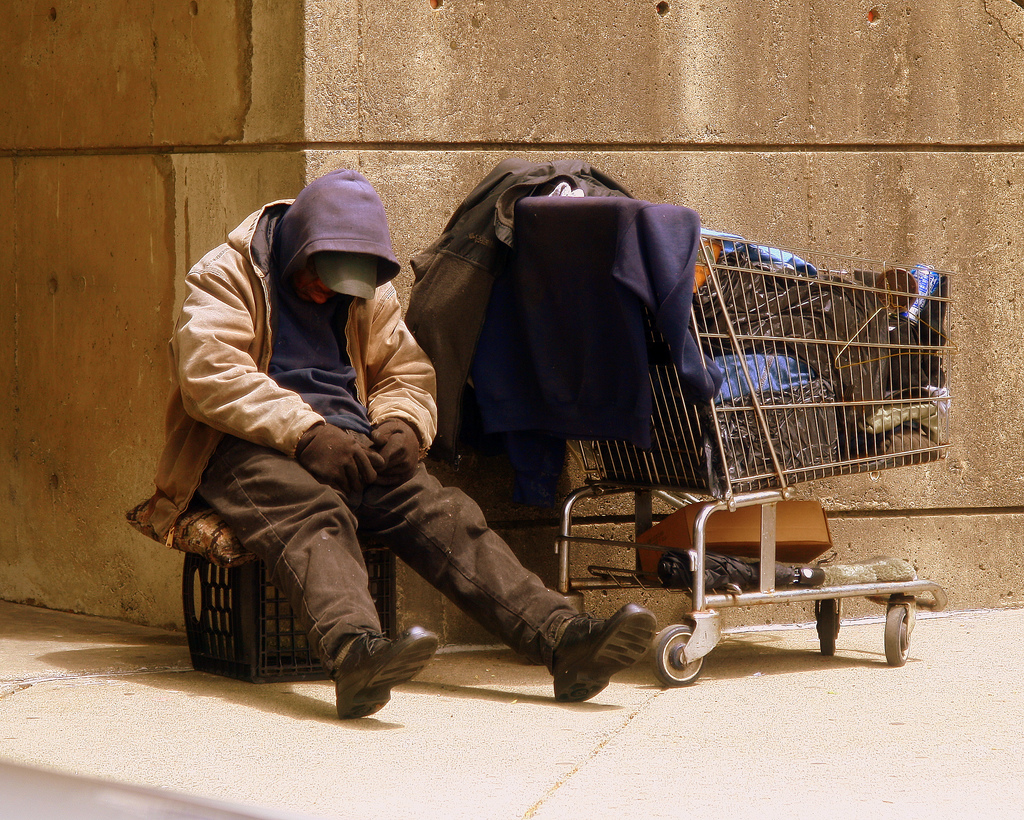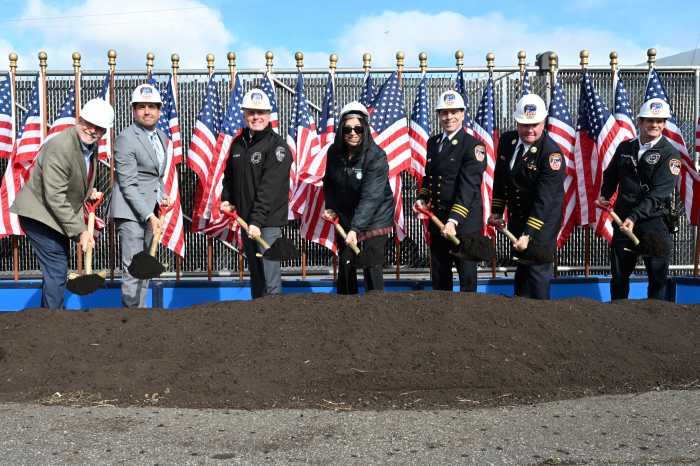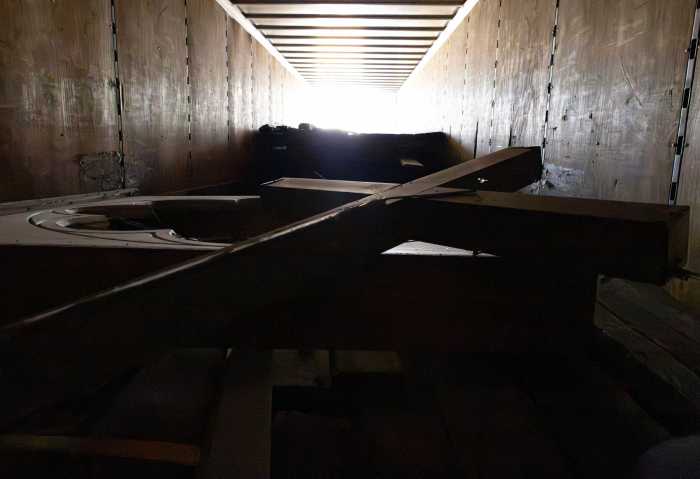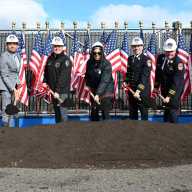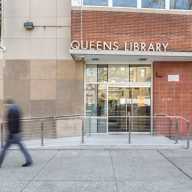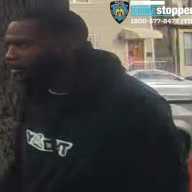BY BROOKE SMITH
New York City is setting out to stop homelessness in the most comprehensive outreach effort ever deployed in a major American city.
The city is creating an initiative called Homeless Outreach and Mobile Engagement Street Action Teams (HOME-STAT) that will add new elements to the city’s homeless prevention and response policy to better identify, engage and transition homeless New Yorkers to appropriate services and permanent housing.
HOME-STAT survey teams will be identifying homeless hot spots throughout Queens and the other four boroughs. This new mobile proactive canvass will involve 60 field and analytic staff responsible for gathering and reporting real-time information used to deploy resources and track initiative outcomes.
“The Coalition for the Homeless is tremendously heartened by the bold actions the de Blasio administration has taken this week,” said Mary Brosnahan, president and CEO of Coalition for the Homeless. “We believe Mayor de Blasio’s analysis and restructuring plan will, at long last, bring thousands of homeless New Yorkers in off the street and into permanent housing.”
The Mayor’s Office of Operations will create a suite of HOME-STAT dashboards including a daily public dashboard that maps service requests and data from HOME-STAT survey and outreach teams and the Police Department. A monthly dashboard will report on aggregate outcomes, conditions and performance starting early 2016.
The city will also conduct comprehensive quarterly nighttime counts to provide a more complete and real-time understanding of homelessness in NYC.
“There has been an undeniable rise in the level of homelessness throughout New York City, and it is the government’s responsibility to counter this through innovative policy that cuts at the root of the problem,” said state Senator Jose Peralta. “From the hallways of LaGuardia Airport to the streets of the five boroughs, homeless New Yorkers are in need of our help and we must deliver.”
HOME-STAT, in addition, will be improving response immediacy by increasing contracted Street Outreach Team staff and building a rapid-response capacity to respond to 311 calls. They will also respond to information received from field staff in all five boroughs and throughout the subway system. HOME-STAT is funded from within existing resources at the city’s Department of Homeless Services (DHS).
The outreach teams will set an average response time of one hour when the program is fully operational in March. NYC’s homeless outreach staff will grow from 175 to about 312. The outreach teams will be apart of a citywide case management system that provides case managers to oversee services to ensure city service integration, continuous monitoring and outreach, and rapid response to individual problems.
‘“The NYPD’s Compstat model is an innovative, problem solving tool that police agencies have implemented across the nation,” says John J. Banks, III, president of The Real Estate Board of New York, “So it makes perfect sense that HOME-STAT will leverage those same problem solving strategies to address street homelessness outreach efforts.
The participating HOME-STAT agencies– including the DHS, NYPD, and other human service agencies– will play an operational and case management staffing role in this effort. The NYC SAFE Hub, a central command for tracking mentally ill individuals with a history of erratic or violent behavior, will partner in this effort. The mayor will oversee multi-agency integration and accountability.
The Police Department will also redeploying 40 officers to its 70 officer-Homeless Outreach Unit to respond to calls regarding encampments, large hot spots and those experiencing emotional disturbance or exhibiting erratic behavior. The NYPD will have set a non-emergency average response time of one-hour. Emergencies will continue to be handled via 911.

